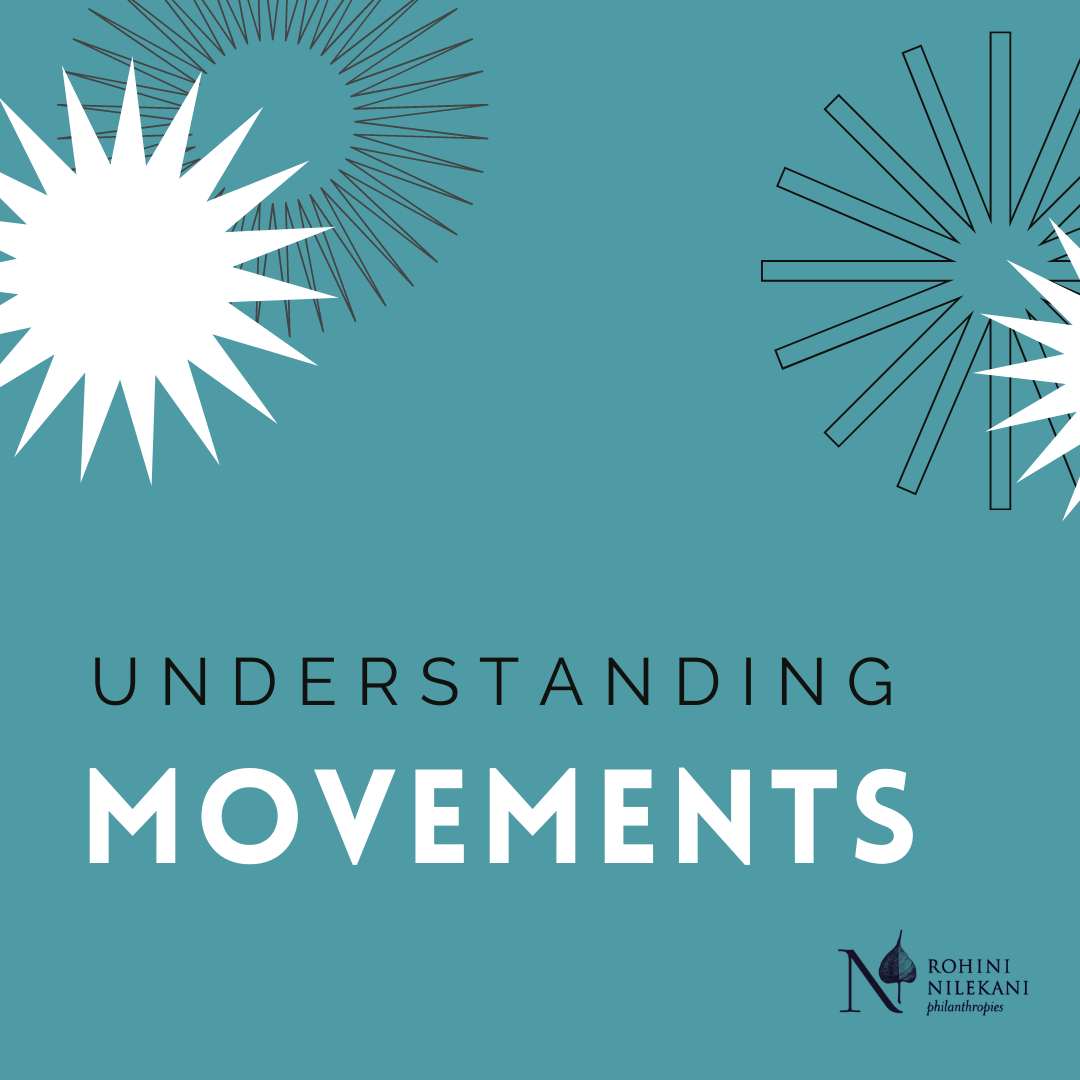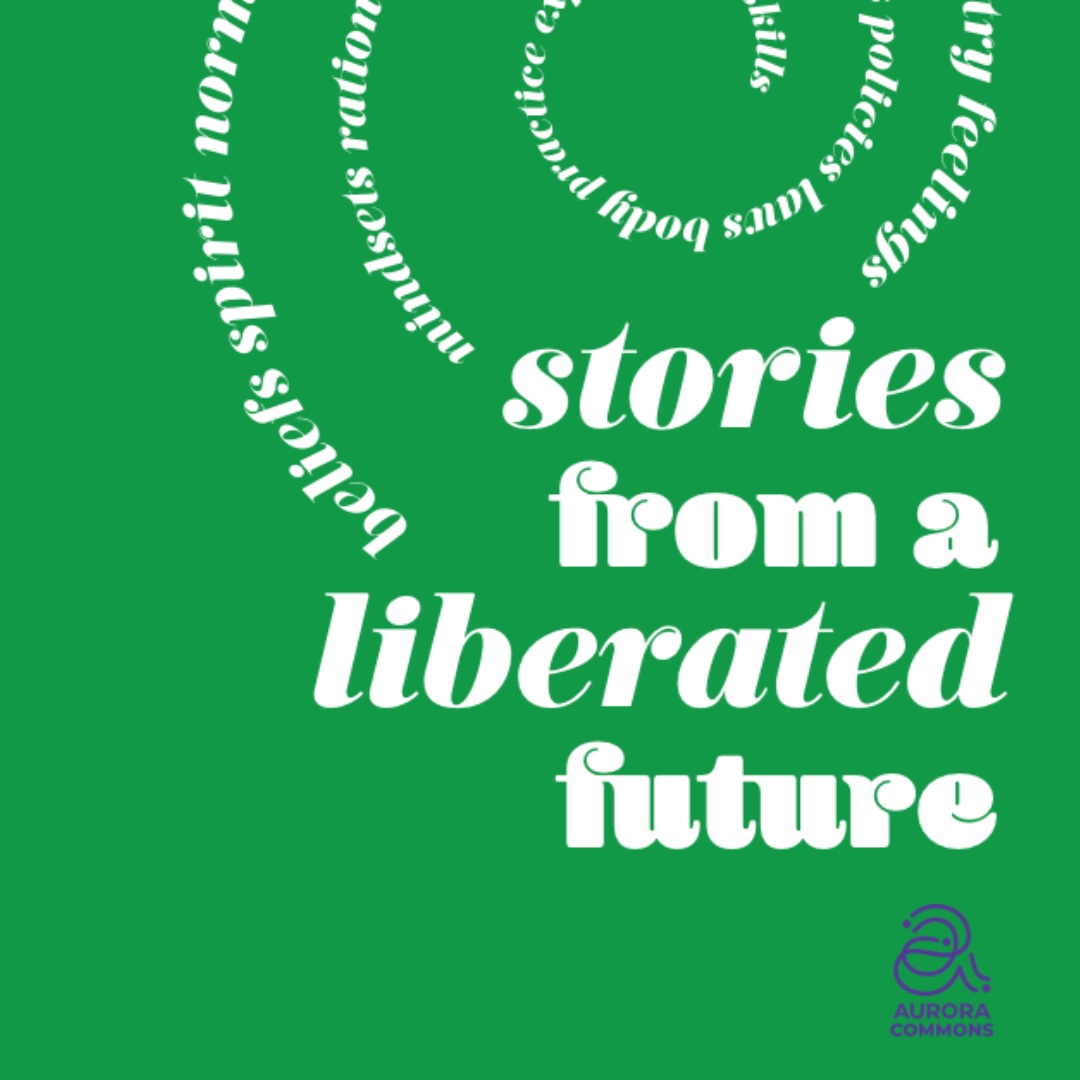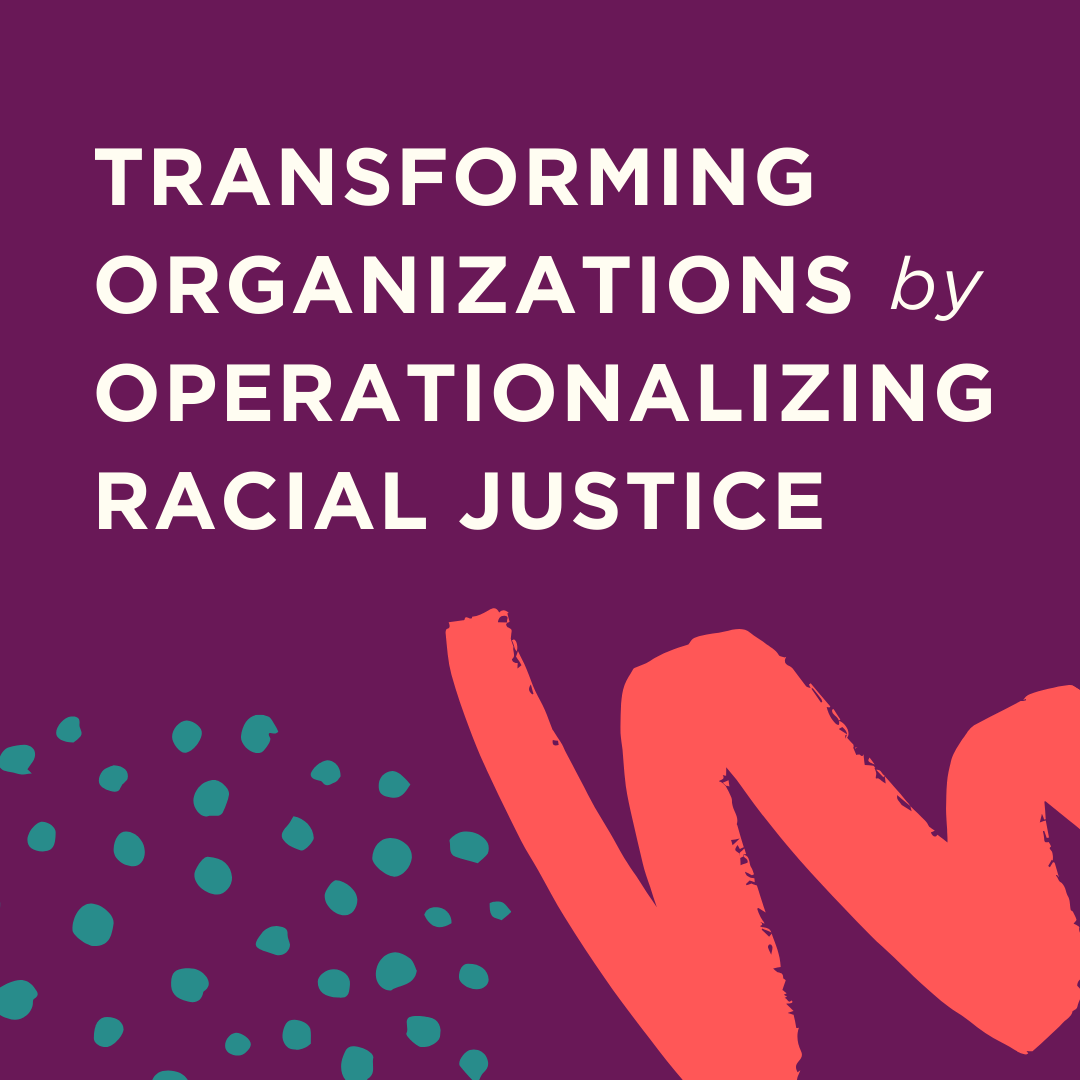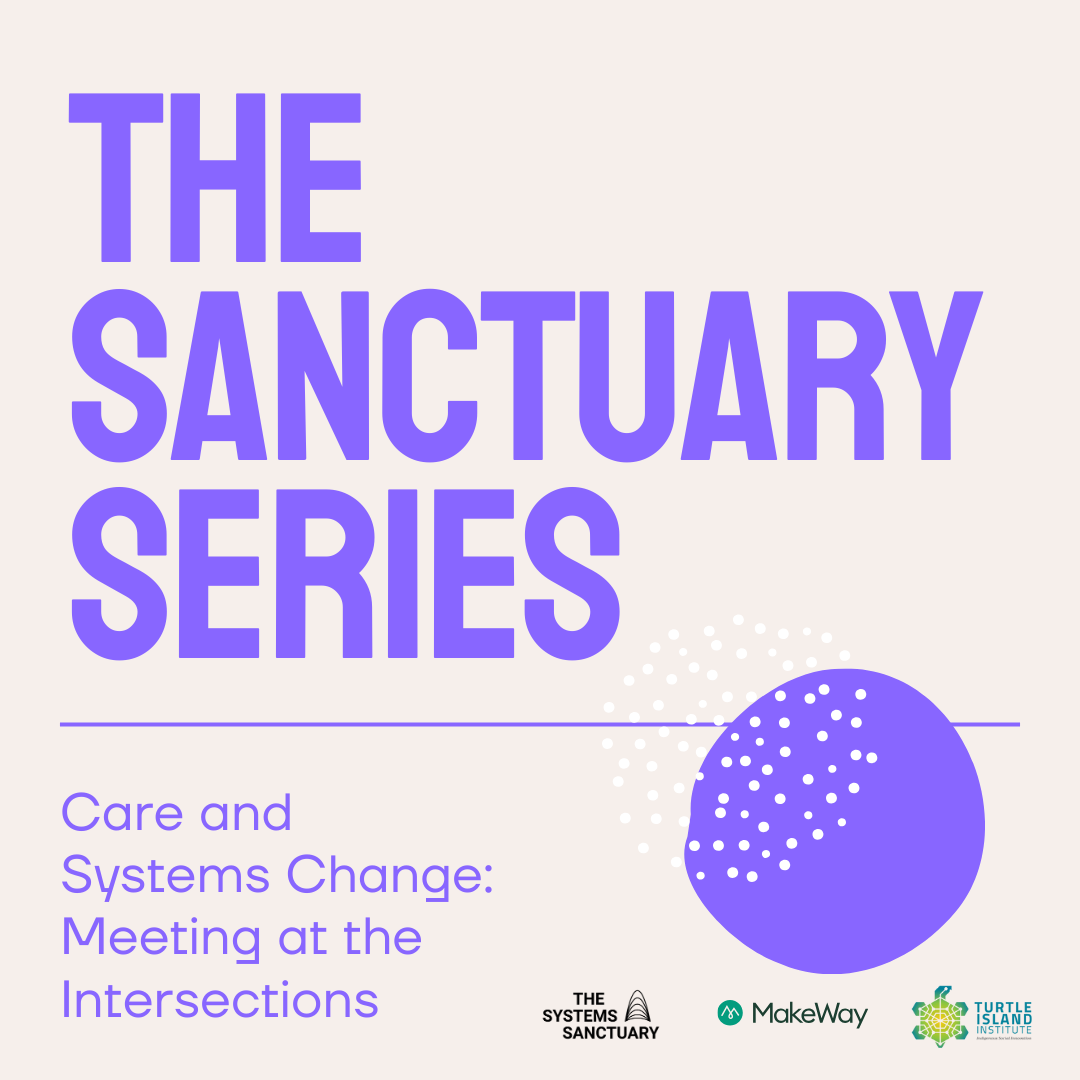
This report and presentation deck explores:
What are movements?
What is their relevance in social change?
What are some of their defining features?
How do they differ from programs or collective impact?
Offered by Rohini Nilekani Philanthropies
We often hear of the word “movement” in social change but what we have struggled with is the depth of the idea.
A movement is much more than collective confrontational action. A movement offers an approach to social change that is different from and complementary to programs and collective impact. It encompasses shared, bottom-up action by a diverse collective of participants to bring wide-scale change. It often commits to shifting norms, attitudes and policies, thereby transforming the field in which social and political change happens.
In this brief and presentation on “Understanding Movements”, we explore:
What are movements?
What is their relevance in social change?
What are some of their defining features?
How do they differ from programs or collective impact?
Today’s challenges require ‘samaaj’ (society) to lead the conversation and the ‘sarkaar’ (government) and ‘bazaar’(markets) to listen, understand and engage with them. We see movement-based approaches build a muscle in ‘samaaj’ to play their role in the change process.
We have put together this understanding by conversing with change-makers in the Indian context and referring to research on movements at a global scale. We are curious to know your views on it.
Report | Understanding Movements
Deck | Understanding Movements
Offered by Rohini Nilekani Philanthropies



